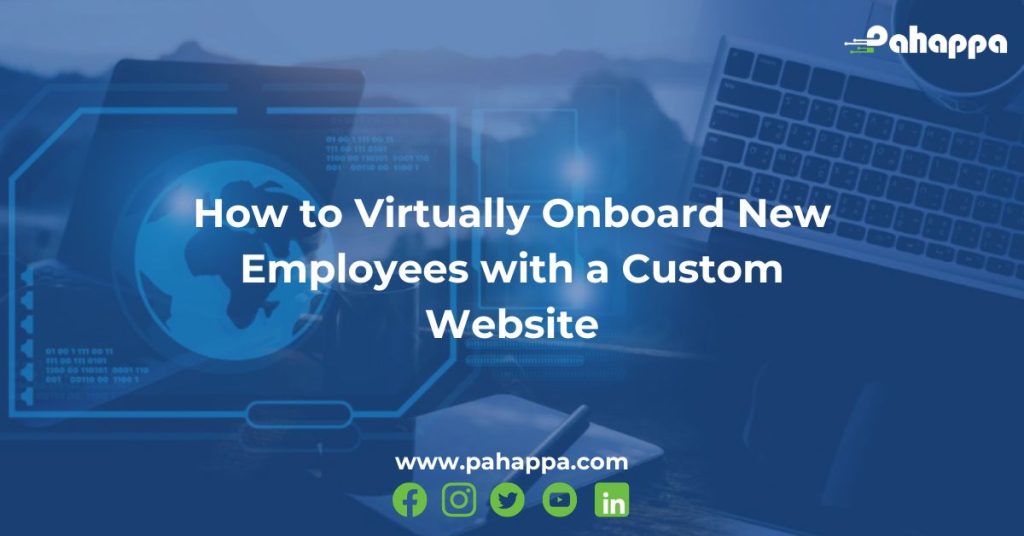
Picture this: It’s your first day at a new job. You’re eager, a bit nervous, and ready to dive in. But instead of a bustling office, you’re greeted by the familiar glow of your computer screen.
Welcome to the age of virtual onboarding! In this digital era, companies have mastered the art of making new employees feel right at home, even if that home is a thousand miles away. In this article, we will disclose the tips and tricks companies use when virtually onboarding recruits using custom websites.
Imagine logging into a sleek, user-friendly website designed just for you. The homepage greets you with a warm welcome message from the CEO, alongside a video tour of the company’s culture, history, and mission. This is your welcome portal, the digital front door to your new professional home.
A custom onboarding website is more than just a fancy touch; it’s a central hub where all the essentials are at your fingertips. This is where your recruit’s journeys begin.
Upon entering the portal, you find a personalized welcome message. Your name is prominently displayed, making you feel immediately valued. This message might include a brief overview of what to expect in your first week, an introduction to your onboarding buddy, and a sneak peek into upcoming training sessions.
“Welcome aboard, Alex! We’re thrilled to have you join our team. Let’s get started on this exciting journey together!”
Custom websites provide personalised messages for their new employees. This makes them feel at home and part of the team.
Next, you dive into interactive training modules tailored to your role. These aren’t your typical boring slideshows. Think engaging videos, quizzes, and scenario-based learning. Each module is designed to help you understand the company’s values, policies, and specific job responsibilities.
Imagine completing a quiz on company history and earning badges for each milestone you reach. This gamified approach keeps you motivated and excited to learn more.
Now, it’s time to meet your colleagues. The website features an interactive organizational chart where you can click on team members to view their profiles, including fun facts, their roles, and even a welcome message from them. There’s also a calendar link to schedule one-on-one virtual coffee chats.
No need for a physical walkthrough when you have a virtual tour! The custom website offers a 360-degree view of the office, complete with hotspots that provide detailed descriptions of each department. This way, you get a feel of the workspace, the breakout areas, and even the best spots to hang out during breaks.
Every question you might have is answered here. The resource library is a treasure trove of information, housing everything from the employee handbook and benefits information to tutorial videos on using company software and tools.
Think of it as your onboarding encyclopedia, available 24/7 to ensure you’re never left in the dark.
The journey doesn’t end after the first week. The website facilitates ongoing support through scheduled check-ins and feedback forms. You can easily set up meetings with your manager, track your onboarding progress, and provide feedback on your experience.
“Hey Alex, it’s been a month! How’s everything going? Let’s catch up on your progress and see how we can support you further.”
Creating a custom website for virtual onboarding transforms the traditional process into a seamless, engaging, and personalized experience. It ensures that new employees feel connected, supported, and valued right from the start.
Remember, the key to a successful onboarding experience is making the new hires feel like they’re already part of the team. With a thoughtfully designed custom website, you’re not just welcoming them to the company; you’re inviting them into a community where they can thrive and grow.
So, the next time you onboard a new employee, think beyond the typical welcome email. Create an experience that leaves a lasting impression. Because in this digital age, the first day at work should be as exciting and welcoming as stepping into a new office, no matter where in the world you are. Build your very own custom website today. Visit us here to get started.
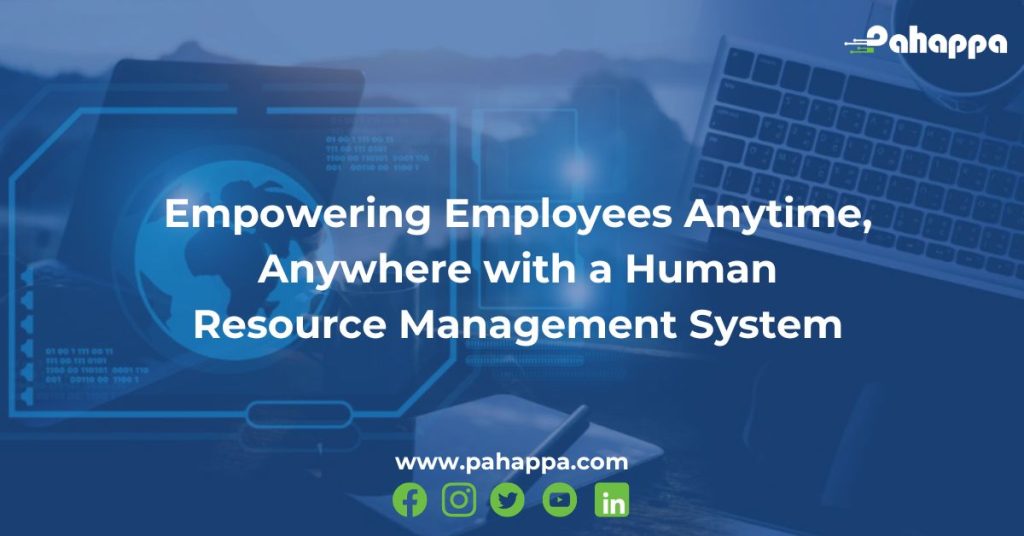
Empowering employees with the right tools and resources is essential for organizational success. A Human Resource Management System (HRMS) offers a solution to manage and streamline HR processes. This makes it easier for employees to access information and perform their duties effectively from anywhere at any time. This article explores how an HRMS empowers employees, enhances productivity, and fosters a more engaged and efficient workforce.
An HRMS provides employees with 24/7 access to their personal and professional information through a centralized platform. This flexibility allows employees to manage their own data, such as updating personal details, accessing payroll information, and submitting leave requests, without having to rely on HR personnel. This not only saves time but also increases transparency and trust within the organization.
Effective communication is critical for any organization. An HRMS facilitates communication by providing tools for messaging, notifications, and updates. Employees can receive important announcements, policy changes, and reminders instantly, ensuring that they are always informed and engaged. Additionally, features such as team collaboration tools like SMS and social platforms within an HRMS encourage interaction and knowledge sharing among employees, fostering a collaborative work environment.
A HRMS includes performance management modules that help in setting clear goals, tracking progress, and providing continuous feedback. We know that with set goals and KPIs, organisations are able to reach their yealry goals. Employees can regularly review their performance metrics, understand expectations, and identify areas for improvement. Managers can use the system to provide constructive feedback and recognition in real-time, which motivates employees and enhances their performance.
Empowering employees also involves providing opportunities for continuous learning and development. An HRMS can integrate learning management systems (LMS) that offer access to a wide range of training programs, courses, and development resources. Employees can enroll in courses that align with their career goals, track their progress, and acquire new skills that are essential for their professional growth. This not only benefits the individual employees but also contributes to the overall skill enhancement of the organization.
An HRMS empowers employees by offering self-service functionalities, enabling them to take control of various HR-related tasks. For instance, employees can manage their benefits, view attendance records, and access company policies and procedures independently. This autonomy reduces administrative burdens on HR departments and empowers employees to handle routine tasks efficiently.
With the rise of remote work and the need for mobility, an HRMS ensures that employees can perform their tasks from anywhere. Mobile-friendly HRMS applications allow employees to access the system through their smartphones or tablets, making it easier to stay connected and productive while on the go. This is particularly beneficial for remote teams, field workers, and those who travel frequently for work.
An HRMS also ensures that employee data is secure and compliant with regulations. By centralizing and safeguarding sensitive information, the system reduces the risk of data breaches and ensures that the organization adheres to legal and regulatory requirements. This builds employee confidence in the system and the organization’s commitment to protecting their privacy.
An effective Human Resource Management System is a powerful tool that empowers employees by providing them with the flexibility, resources, and autonomy they need to succeed. An HRMS fosters a more engaged, productive, and satisfied workforce. Investing in an HRMS is not just about managing human resources; it’s about empowering employees anytime, anywhere, and driving organizational success. To learn more about HRMS and the Pahappa HRMS tool visit us here.
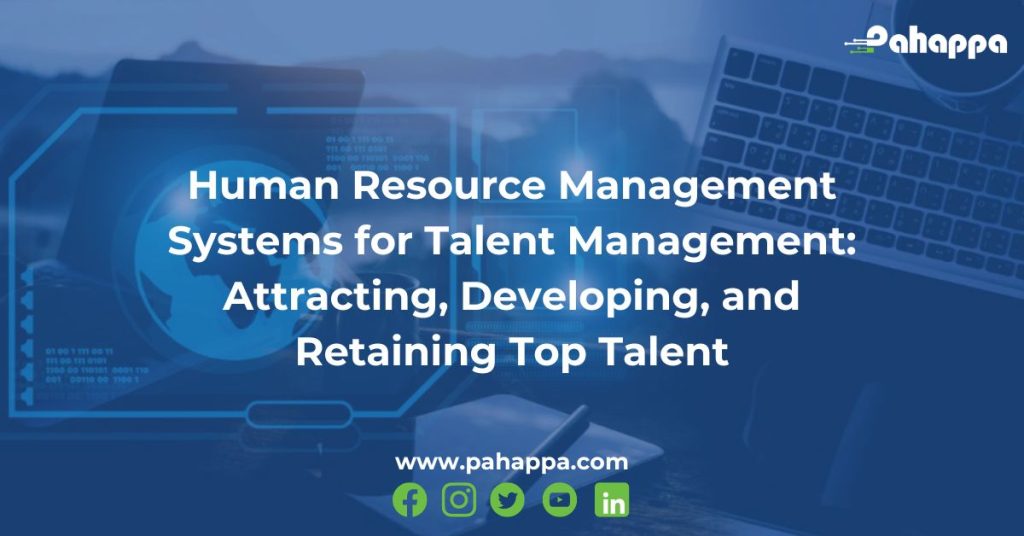
In today’s competitive business world, talent has become the ultimate differentiator. Companies that excel at attracting, developing, and retaining top talent gain a significant competitive advantage. To achieve this, organizations are increasingly turning to Human Resource Management Systems (HRMS) as a strategic tool for talent management. In this article, we’ll explore how HRMS can streamline talent management processes and help organizations build a high-performing workforce.
We all know that attracting top talent begins with effective recruitment and onboarding processes. HRMS solutions offer amazing features for posting job openings, screening candidates, and managing the entire recruitment lifecycle. With built-in applicant tracking systems (ATS), HRMS allows HR teams to streamline the hiring process, from posting job ads to scheduling interviews and making offers. By leveraging data analytics, HRMS can also help identify recruitment trends, optimize sourcing channels, and ensure a steady pipeline of qualified candidates.
Furthermore, an onboarding experience is critical for engaging new hires and setting them up for success from day one. HRMS applications enable organizations to automate onboarding tasks, such as paperwork, training modules, and introductions to team members. By providing a personalized and efficient onboarding process, HRMS helps organizations make a positive first impression on new employees and accelerate their time-to-productivity.
Once onboard, organizations must invest in the ongoing development of their employees to nurture their skills and capabilities. HRMS solutions play a central role in facilitating learning and development initiatives by providing a centralized platform for managing training programs, tracking progress, and delivering content.
With features like learning management systems (LMS) and competency frameworks, HRMS enables employees to access a diverse range of learning resources, including e-learning modules, workshops, and certifications. By tailoring learning paths to individual employee goals and performance, organizations can foster a culture of continuous learning and skill development, ensuring that their workforce remains agile and adaptable in the face of evolving business needs.
Retaining top talent is perhaps the greatest challenge faced by organizations today. HRMS solutions offer valuable insights into employee engagement, satisfaction, and retention through comprehensive analytics and reporting capabilities. By tracking key metrics such as turnover rates, employee feedback, and performance evaluations, HRMS helps identify potential retention risks and areas for improvement.
Moreover, HRMS platforms support strategic talent management initiatives, such as career development planning, succession planning, and performance management. By providing employees with clear pathways for growth and advancement within the organization, HRMS helps foster a sense of loyalty and commitment among top performers. Additionally, by facilitating regular feedback and recognition, HRMS enables managers to acknowledge and reward employee contributions, further enhancing job satisfaction and retention.
An HRMS has emerged as a powerful tool for talent management, offering comprehensive solutions for attracting, developing, and retaining top talent. By leveraging HRMS platforms to streamline recruitment processes, facilitate learning and development initiatives, and foster a culture of engagement and recognition, organizations can build a high-performing workforce that drives business success.
The ability to attract, develop, and retain top talent is essential for sustaining a competitive advantage. With HRMS as a strategic enabler, organizations can unlock the full potential of their workforce and achieve long-term growth and success. To learn more about HRMS and our own HRMS tool, click here.
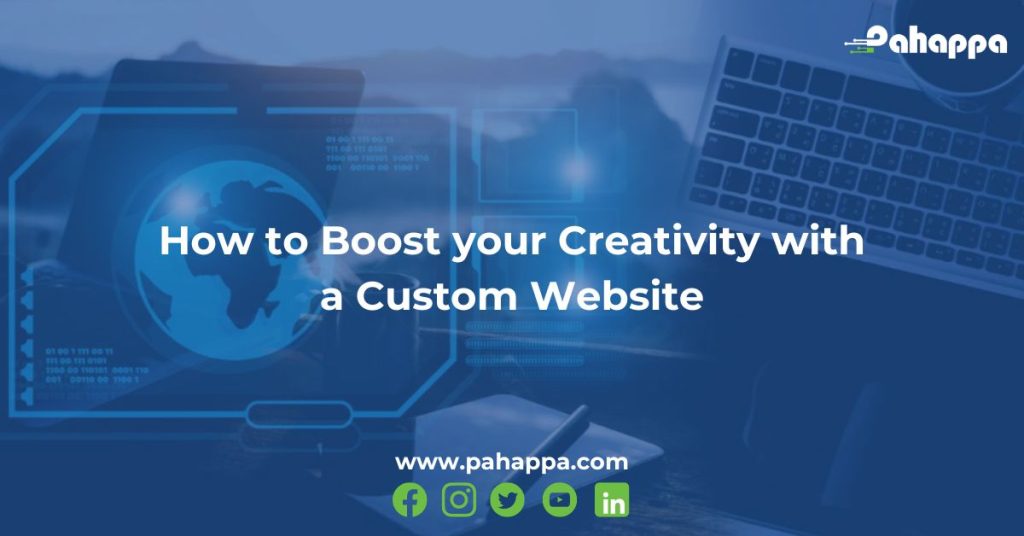
Whether you’re an artist, entrepreneur, or creative professional, having a captivating online presence can make all the difference in standing out from the crowd. A custom website is tailored to the needs of your customers. Every business wants to know that their customers are engaged with their products or services. You want to know that the details of your brand from what you sell to your brand colour are appealing to your customer. Put yourself in your customer’s shoes; what kind of website would you want to see? And while there are countless website-building platforms and templates available, there’s one approach that truly allows you to unleash your creative potential: building a custom website.
One of the most significant advantages of a custom website is the freedom it provides to express your unique style and brand identity. Unlike pre-designed templates that limit your creativity, a custom website allows you to design every aspect of your online presence from scratch. From choosing colours and fonts to designing layouts and interactive features, the possibilities are endless. With a custom website, you would be able to tailor your online presence to suit your customers’ likes and wants.
We all know that user experience is paramount. A custom website enables you to tailor the user experience to the specific needs and preferences of your audience. You need to understand what your audience needs and what they look for when visiting websites like yours. By understanding your target audience and incorporating elements that resonate with them, you can create a memorable and engaging browsing experience that keeps visitors coming back for more.
Your website is often the first point of contact between you and your audience. It’s where you showcase your work, share your story, and connect with potential customers or clients. A custom website allows you to authentically represent your brand identity and values, helping you build trust and credibility with your audience. Whether it’s through unique visuals, compelling storytelling, or interactive content, a custom website enables you to make a lasting impression.
As your brand evolves and grows, so too should your website. With a custom website, you have the flexibility to adapt and scale your online presence as your customers’ needs change. Whether you’re launching new products, expanding your services, or rebranding your business, a custom website can easily accommodate these changes without the limitations of pre-made templates.
Perhaps the best part about having a customer website is your ability to put your own stamp on it. In a saturated online marketplace, differentiation is key. A custom website sets you apart from the competition by allowing you to create a one-of-a-kind online experience that reflects your creativity, expertise, and personality. By investing in a custom website, you demonstrate your commitment to quality and innovation, positioning yourself as a leader in your field.
In conclusion, a custom website offers unparalleled opportunities to boost your creativity and elevate your brand. With a custom website, you can create a truly memorable online presence that sets you apart from the competition. So why settle for the ordinary when you can create something extraordinary? Invest in a custom website and unleash your creative potential today. Visit us here to get started.
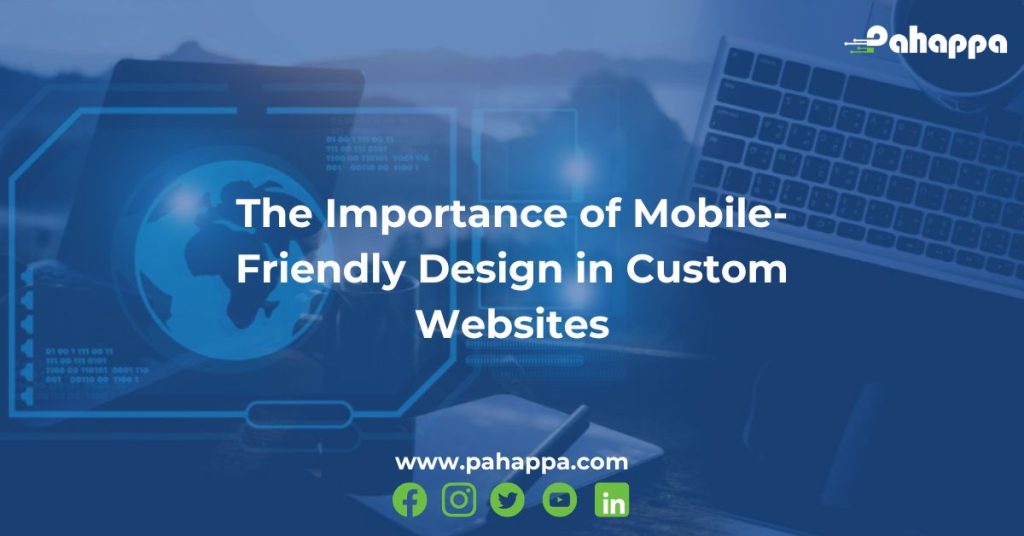
Every website needs a mobile- friendly design. because most websites especially e-commerce website are viewed by mobile users, making your website optimized to suit mobile devices is now a must. A mobile-friendly website is a website that provides an amazing user experience on mobile devices. If you are building a custom website, optimizing it to be mobile friendly is useful because of the large number of mobile users in the world. According to the International Telecommunication Union (ITU), there were more than 8.58 billion mobile subscriptions in use worldwide in 2022, compared to a global population of 7.95 billion halfway through the year.
Mobile-friendly design is crucial for custom websites due to several reasons:
In summary, mobile-friendly design is essential for custom websites to meet the evolving needs and preferences of your users, improve search engine visibility, and stay competitive. Investing in mobile optimization yields numerous benefits, including improved user experience, SEO performance, and overall business success. To learn more about custom websites and how to optimize them for mobile devices, visit us here.
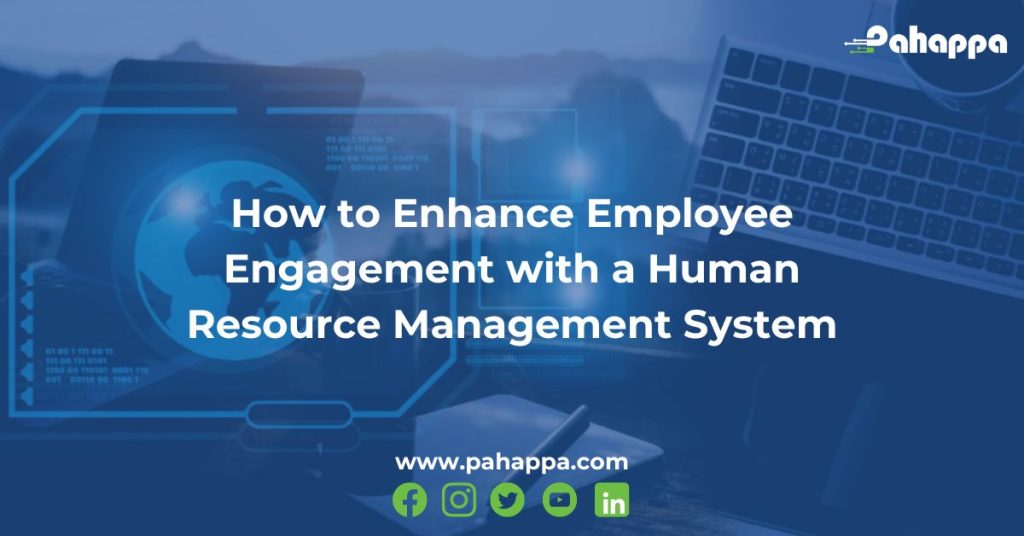
A Human Resource Management System is a software solution designed to automate various HR processes and tasks within an organization. It serves as a centralized platform for managing employee data, tracking performance, administering benefits, and facilitating communication between HR professionals, managers, and employees. It is a software tool organizations use to manage and control employee tasks. This tool however is shared by employees and management alike. By doing this employees stay engaged in work activities through participating in tasks like KPI and performance reviews.
Implementing a Human Resource Management System (HRMS), therefore, can significantly enhance employee engagement if utilized effectively. Here are some strategies to achieve that:
By implementing these strategies and leveraging the capabilities of a Human Resource Management System effectively, organizations can create a culture of engagement where employees feel valued, supported, and motivated to contribute their best. If you are looking for a way to enhance your employee engagement, an HRMS is a good way to start. Visit us here to get more information.
Copyright © 2024 Pahappa. All rights reserved.